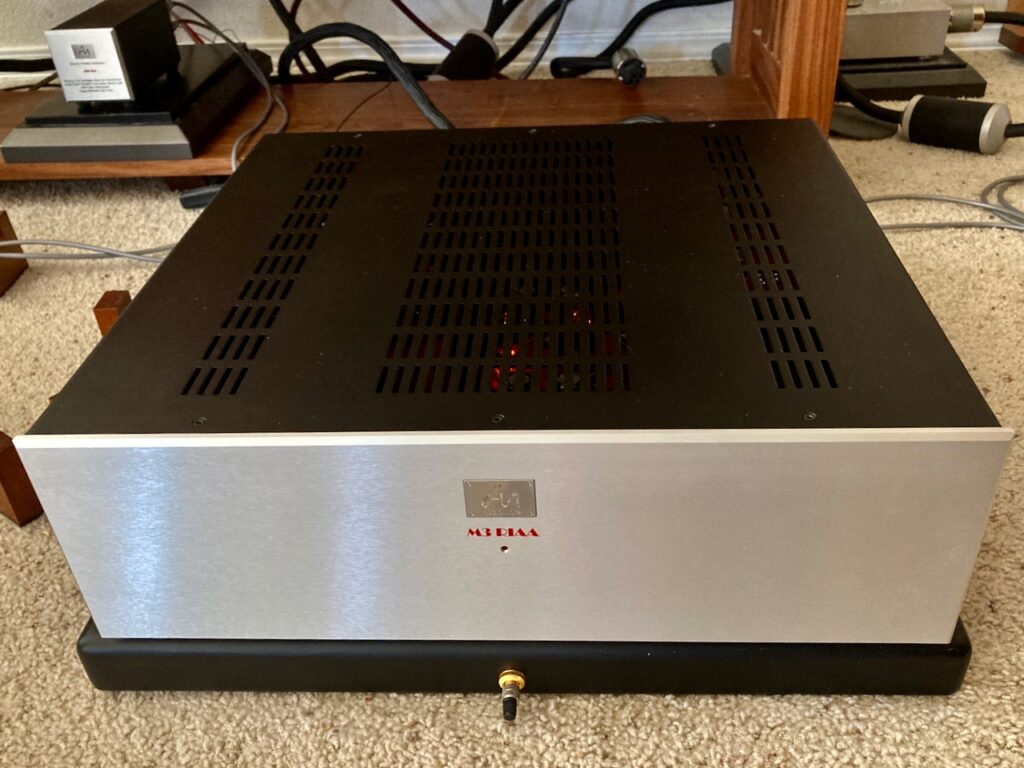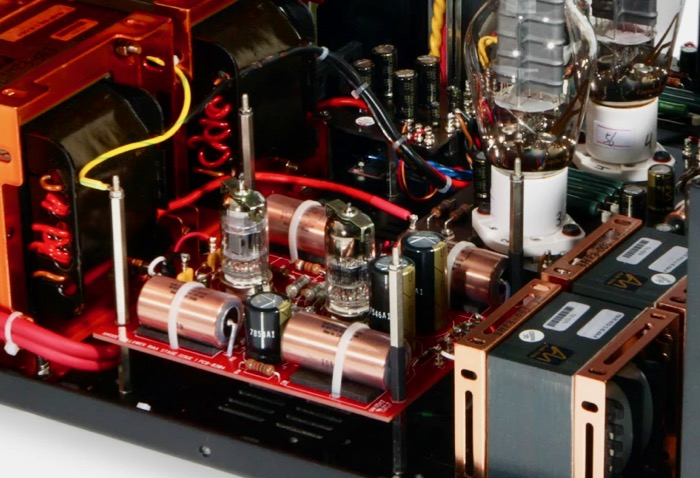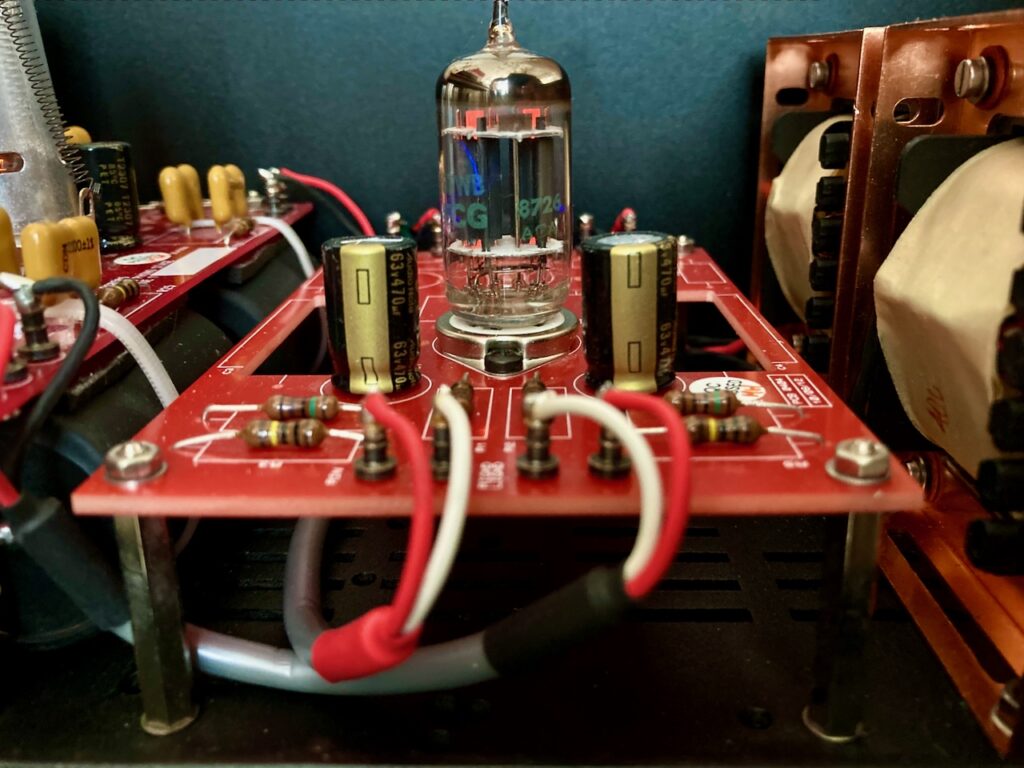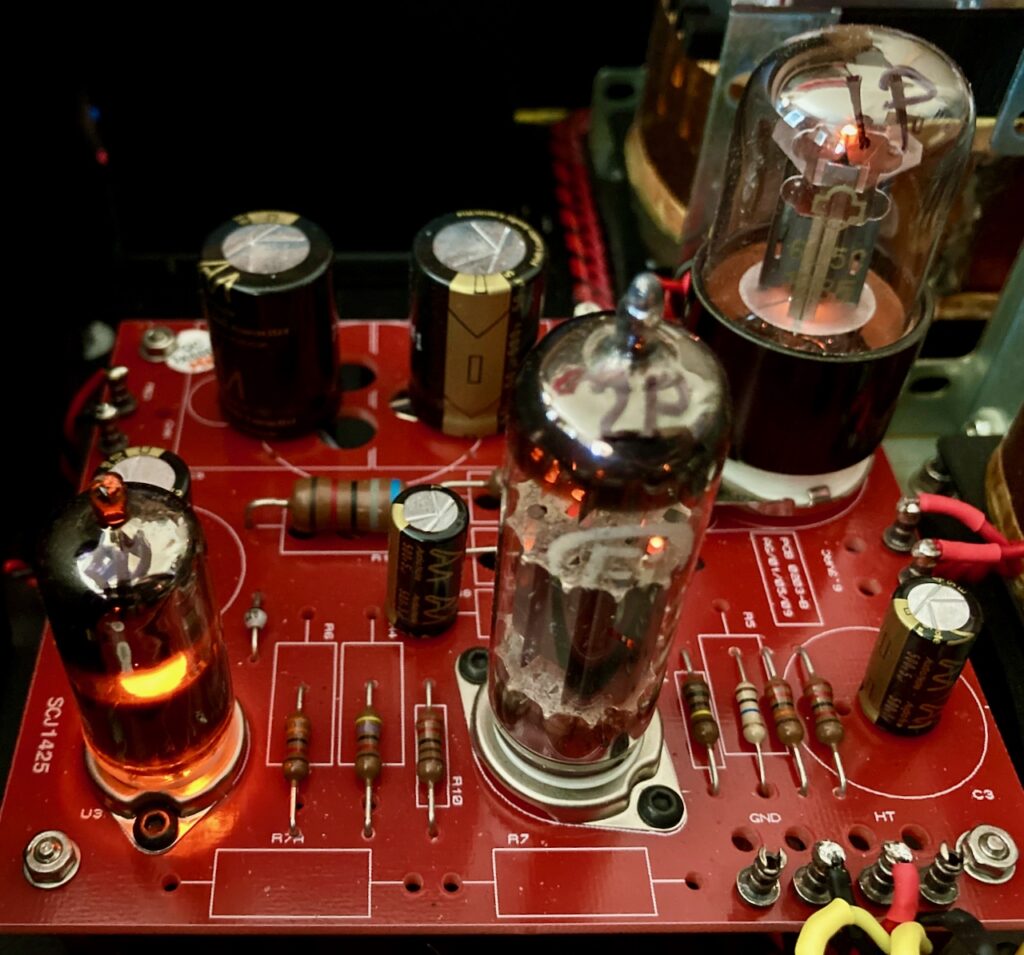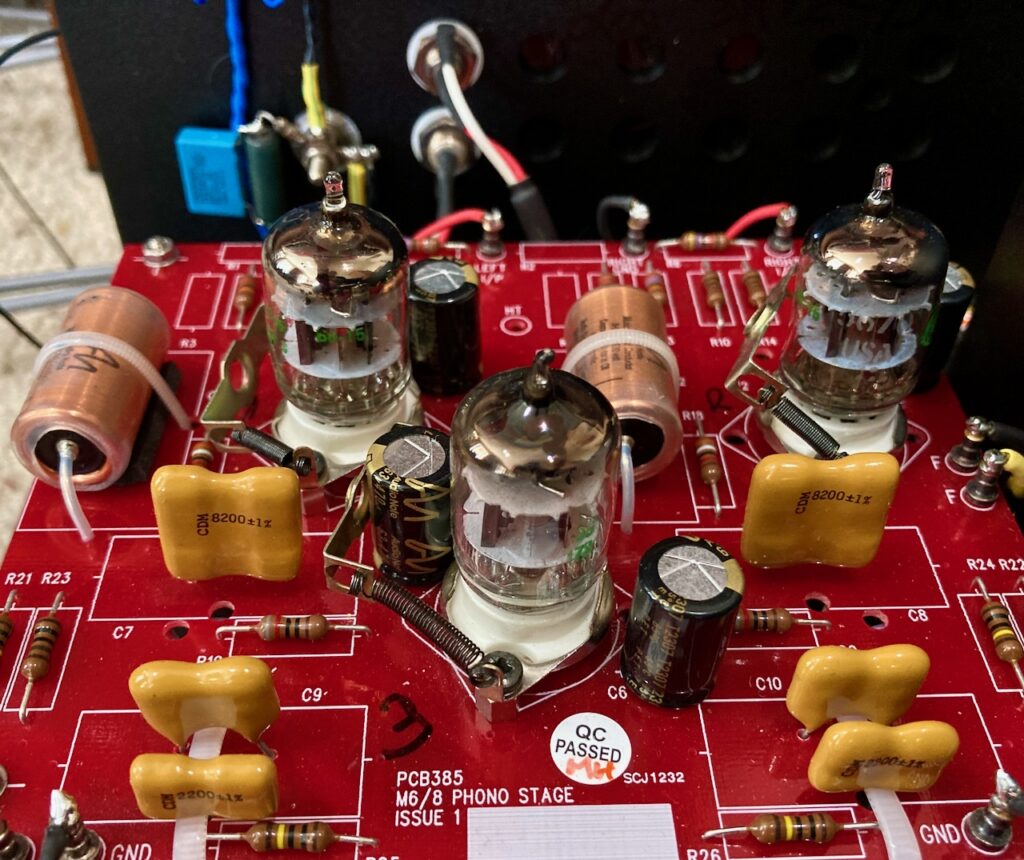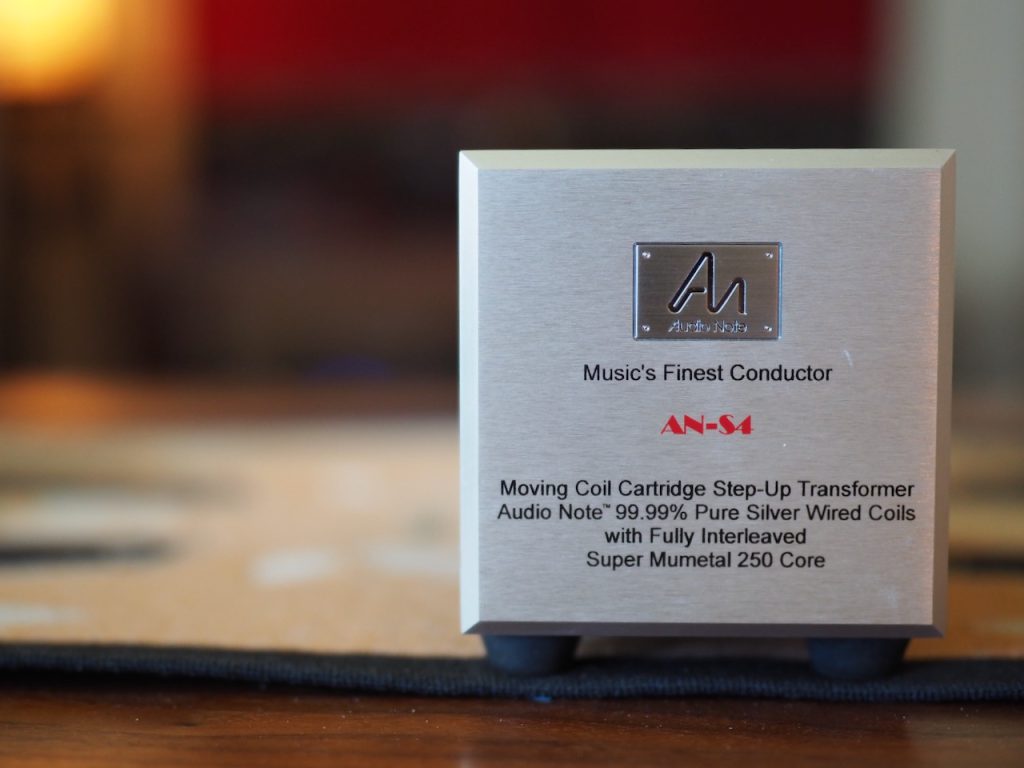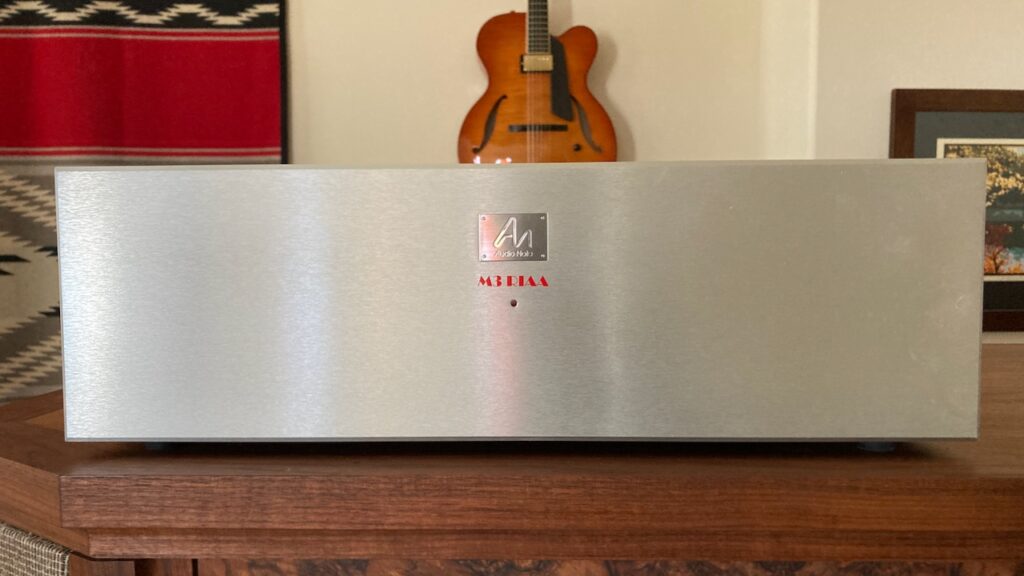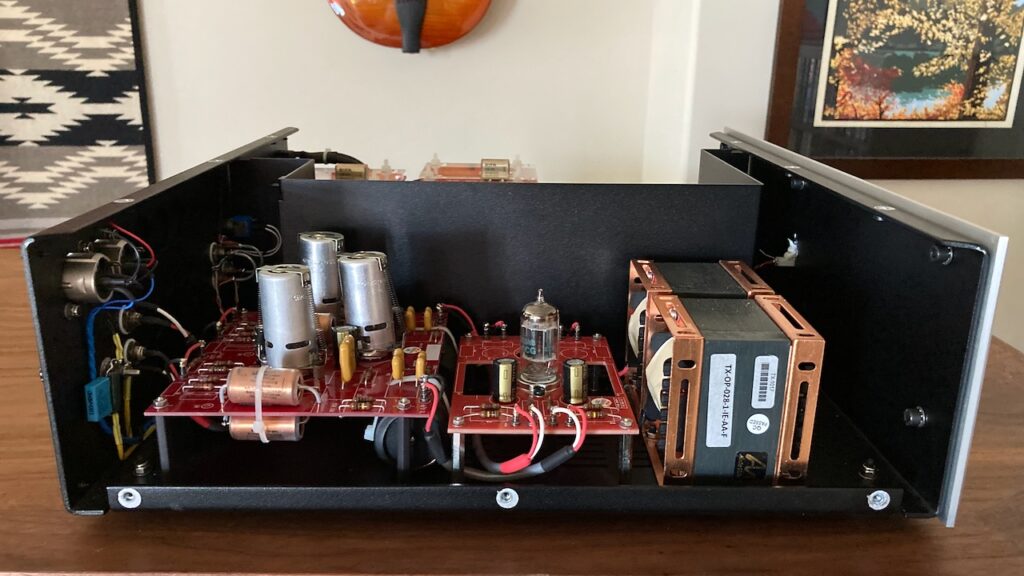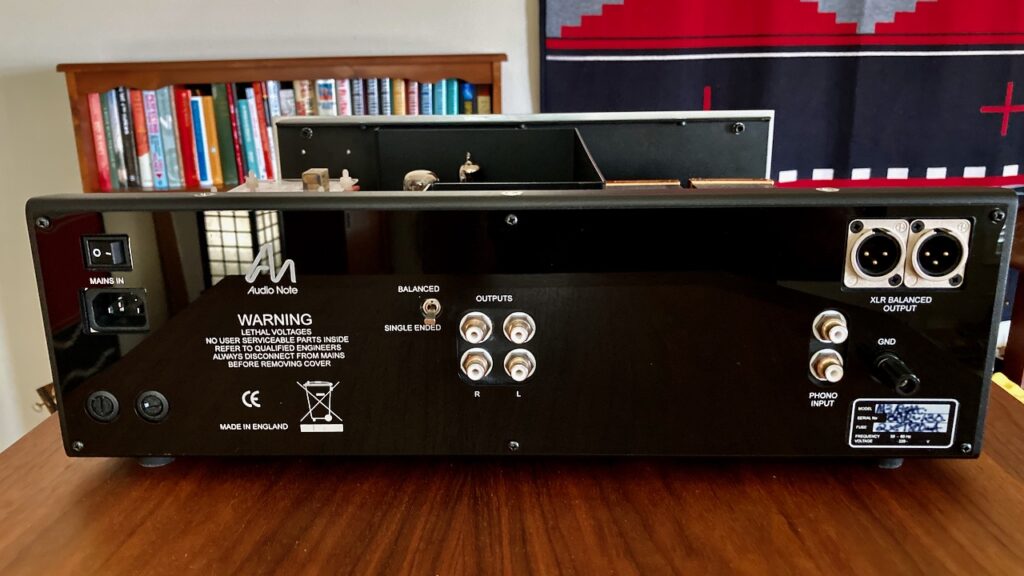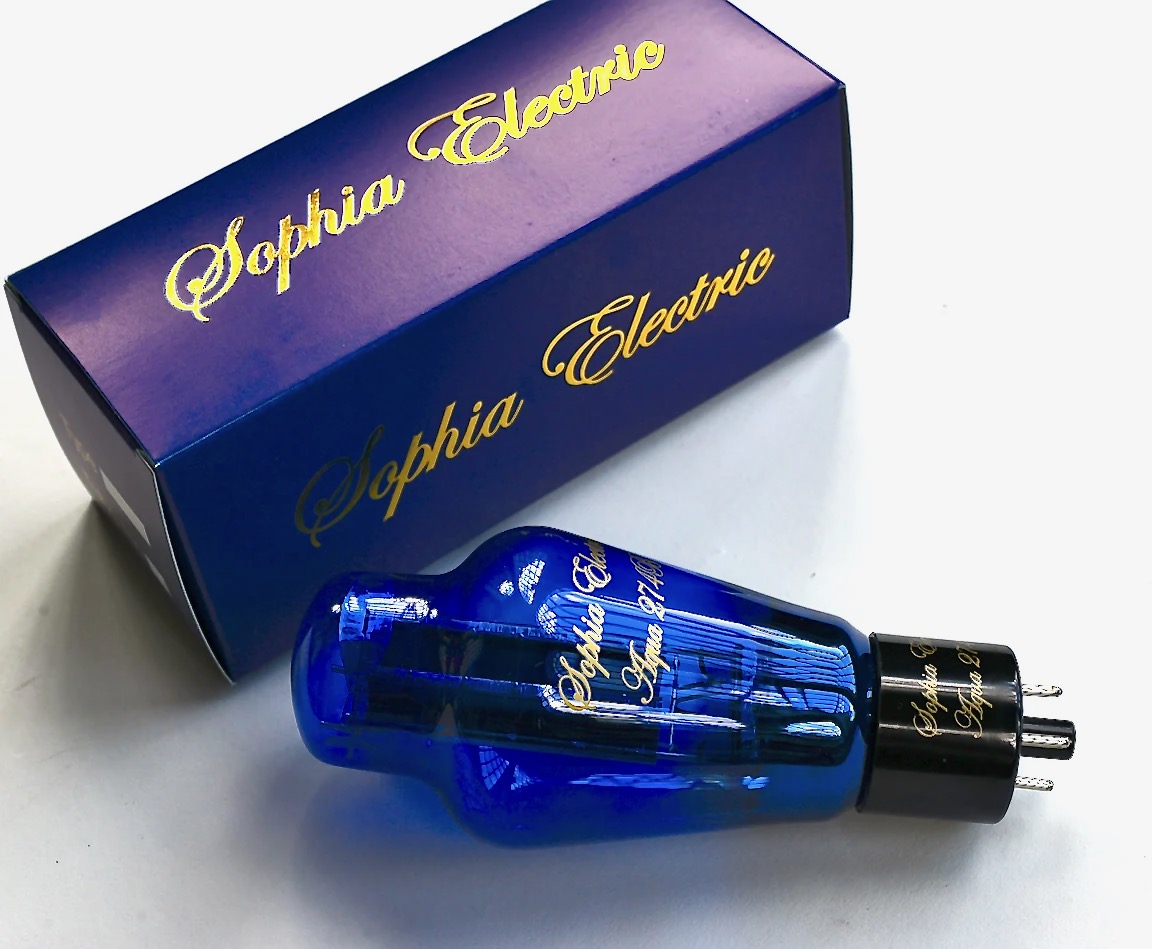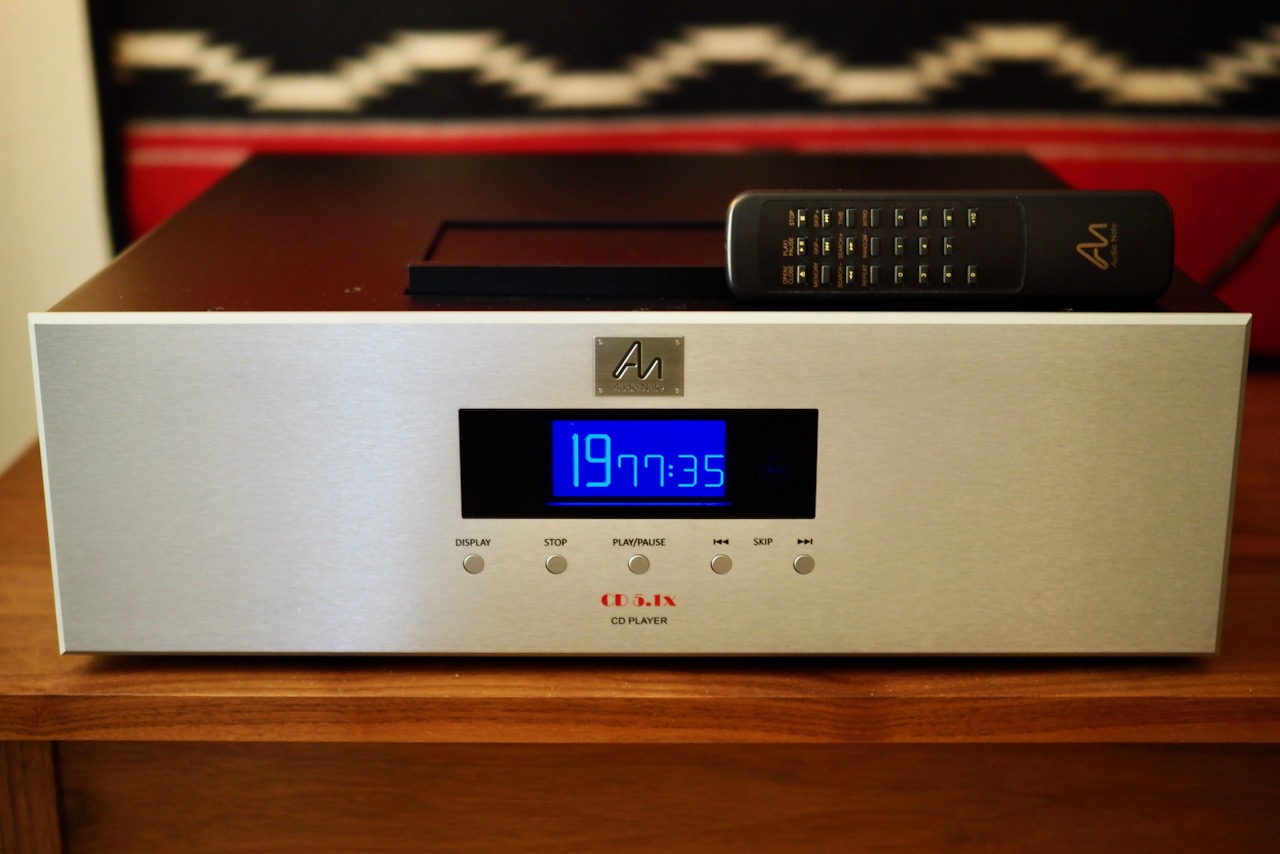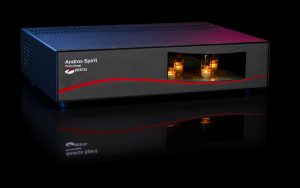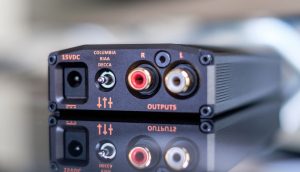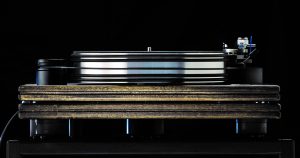Level 3 M3 RIAA Phono Preamplifier ($11,314.00 USD)
Classic valve phono stages tend to fall into two basic design genres: those like the Marantz Model 7 that use negative feedback (NFB) to actively achieve RIAA phono equalization; and those like the Harman Kardon Citation IV that use no NFB, and instead use capacitors and resistors (CR) to achieve passive RIAA equalization.
So, by analogy, if the Marantz Model 7 phono stage was a 'push-pull amplifier using negative feedback' in its design, then the Harman Kardon Citation IV phono stage would be like a single-ended-triode amplifier (SET) with no negative feedback used in its design.
As one would expect from Audio Note (UK), the M3 RIAA phono preamplifier (above) is more like the latter classic valve phono stage example, with no NFB, and the use of passive CR RIAA equalization.
The M3 RIAA phono stage is the first step of M3-M8 pre-amplifier family, all of which share the same circuit topology across the range (M3, M5, M6, and M8), with parts quality upgraded level by level within the range (user manual HERE).
The overall specifications for the M3 RIAA phono preamplifier are an input sensitivity of 47 kΩ, an input sensitivity of 126 mV for 1 V output, an output impedance of <10 Ohms, a weight of approximately 37.5 pounds, and dimensions of 5.5 inches high, by 17.3 inches wide, and 16 inches deep.
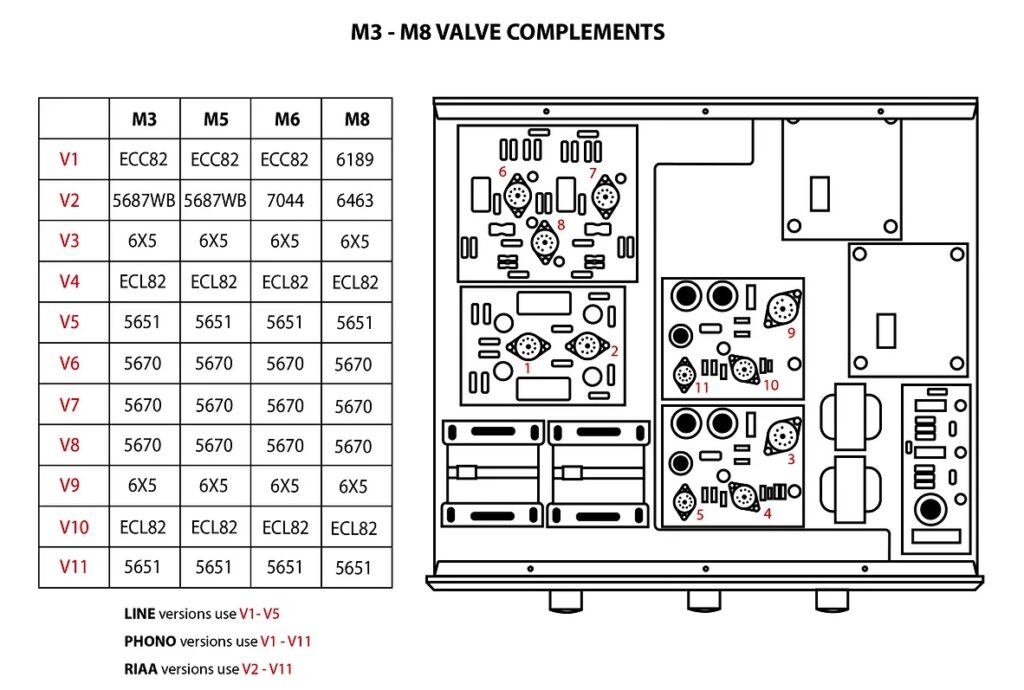
Ten vacuum tubes are used in the M3 RIAA's circuits: a single 5687 WB for V2, 2 x 6U5C (6X5 equivalent) in V3 and V9, 2 x ECL82 in V4 and V10, 2 x 5651WA in V5 and V11, and 3 x 5670W/2C51W in V6-8 (above).
The M3 RIAA features pure Class A operation, zero negative feedback, a single-ended circuit topology, valve rectification, and materials and components quality that fulfill Audio Note (UK) Level 3 design criteria.
While this is the same design criteria as the phono stage in the Level 3 Meishu Phono Silver Tonmeister 300B integrated amplifier (above), the Level M3 RIAA implements a much higher degree of sophistication, which I found elevated its performance well beyond that of the Meishu's already excellent phono stage performance.
Let's take a look inside the M3 RIAA phono preamplifier.
The M3 RIAA features an NOS Phillips JAN 5687WB double triode valve in the line stage (above).
The line stage is powered by a NOS Soviet 6U5C (6X5 equivalent) full wave rectifier power supply (PSU), based on Andy Grove's M10 Galahad PSU design (above, more detail HERE).
The power supply features an ECL82 for voltage regulation, and a NOS Raytheon 5651WA diode as a voltage stabilizer.
The M3 has a moving-magnet phono-stage which uses three NOS GE 5670W/2C51W twin triode (with separate cathodes) valves, Audio Note (UK) copper foil signal capacitors, and a dedicated M10 Galahad style of power supply.
Given the moving-magnet phono stage, those M3 owners using moving-coil phonograph cartridges—most of you—will need to add one of Audio Note (UK)'s step-up transformers (SUTs).
For example, in this article I am using the Audio Note (UK) combination of a custom silver AN-S4 SUT (above) with the IO I moving-coil cartridge to feed the signal to the M3 RIAA.
The M3 utilizes Audio Note (UK) copper wiring, a mix of their standard and tantalum resistors, copper foil signal capacitors, and custom electrolytic capacitors in the circuit.
The M3 also uses Audio Note (UK) in-house designed and manufactured output transformers with I-E M4 cores and copper windings.
The M3 RIAA phono pre weighs more than a lot of power amplifiers at 35 pounds (and almost the same as the Oto integrated amplifier), and like the Tomei, it qualifies as a free-weight lifting workout getting it out of its shipping container and installed in the audio system.
Let's do a 'walk around' of the M3 RIAA.
There's not a lot to see on the front panel of the M3, just a solitary indicator that lights to show the M3 is powered up (above).
On the right side you see the power transformers and power supplies (above) mostly hidden behind the transformers, with a right side top view with a better view of the power supplies (below).
On the left side you see the phono and line stages, and output transformers (below).
On the back panel (below), starting on the left, are the power switch (top) and mains inlet IEC socket below it, below those are two fuse holders.
Towards the middle is the switch for selecting either balanced or single-ended outputs (the balanced and single-ended outputs cannot be used at the same time). Two pairs of single-ended RCA outputs are provided.
On the right side are a pair of RCA inputs, a ground post, and a pair of XLR balanced outputs.
On the bottom of the chassis the M3 RIAA rests upon four rubber footers.




